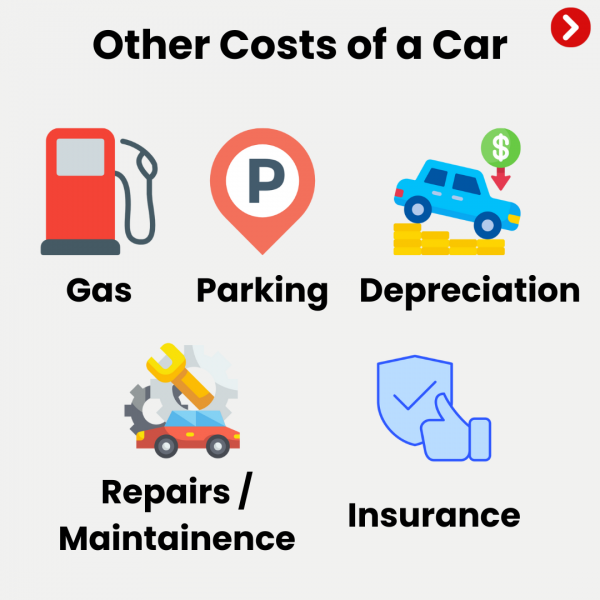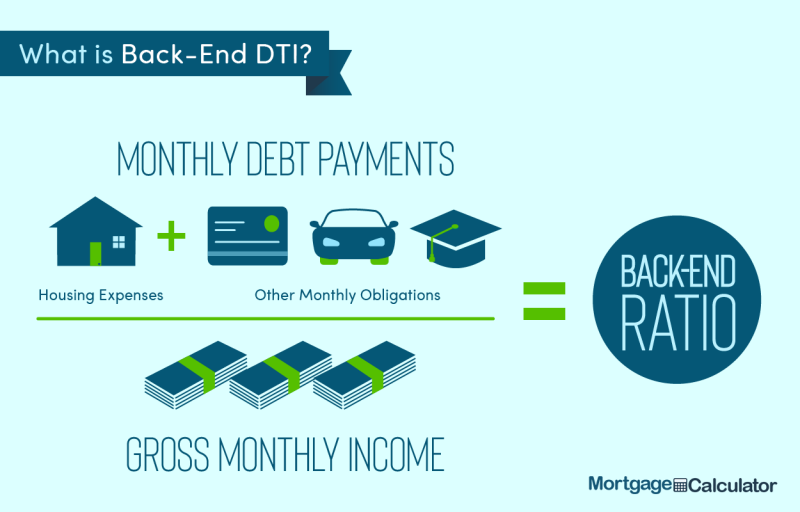How To Budget For a Car in Canada: Easy 2 Minute Guide
How To Budget For a Car in Canada: Easy 2 Minute Guide
Posted on February 28, 2024
When you’re car shopping it can be hard to know where to start. What are your options for financing and how can you determine your budget? Let’s break it down.
Create a Household Budget First
We recommend household budgets a lot on our blog, and for good reason. It helps you assess where you are and shows you in black and white where and how you spend your money.

It’s the cornerstone of fiscal management and something we recommend everyone create.
Here’s how.
Create Your Budget Spreadsheet
Use a free spreadsheet program or your favourite office program to create your household budget.
Set one column up as income and a second as outgoings. Add a third for debt if you have any.
Add all your household income into the income column and set a total at the bottom.
Add all your household outgoings into the outgoings column and set a total at the bottom. Include all debt payments in your outgoings.
Add all your debt in the third column, most expensive at the top and set a total at the bottom. Add the interest rate as a percentage next to each debt so you know which is the most expensive.
Subtract your outgoings from your income to calculate your disposable income each month. This is how much you have to play with.
Allocate Savings
Everyone needs an emergency fund and if you don’t have one already, now is a good time to build one.
If you have disposable income left each month, set aside a reasonable amount to put away for an emergency fund. Set up an automatic payment into a savings account so you don’t forget.
Set aside another portion of that disposable income for a down payment. Use the same savings account and note amounts on your budget or use a different account.
If you don’t have disposable income
If you don’t have money left over after outgoings, you can use your budget to identify savings.
It is much easier to see exactly where you’re spending your money now it’s on a spreadsheet so you should be able to see where to save. Subscriptions you don’t use, gym memberships you don’t use, cable subscriptions you hardly utilize and other expenses.
We all have areas where we can cut back.
You have two main options:
Cut back a reasonable amount you can cope with for the long term. Or, much more severe cutbacks you can sustain for 3-6 months where you can pay down debt to even things out or save for that car loan down payment.
Whichever you choose, identify the areas where you can cut back and do it.
Just remember, a budget and cutbacks are supposed to be flexible. Stick to them as much as possible, but don’t beat yourself up if you decide to take the family out to dinner or go on vacation.
Life is still for living after all!
Things to Remember When Budgeting for a Car
Final Price
Remember that the sticker price isn’t the full cost of the vehicle. There’s sales tax, title, and registration fees along with any optional fees such as for an extended warranty. If you determine your budget for a car is $9,000 and the sticker price is $8,999, you’ll be over budget immediately.
Additional Costs
In addition to the initial purchase of the vehicle, you’ll have to factor other regular items into your budget as well: gas, insurance, maintenance, registration, and any repairs that come up. Give yourself a cushion between your budget and the car you choose.

The 10% Rule/ The 36% Rule
A general rule of thumb some people follow is to use 10% of their income as their monthly budget for their vehicle.
That can be a very frugal approach and may limit the selection of vehicles you can look at. A more realistic number is 20% of your income as a benchmark for spending on a car.
On the other hand, it’s important to consider your debt-to-income ratio. Your goal should be that no more than 36% of your monthly income goes towards paying credit cards, other loans, and your car payments.

Debt-to-income ratio. Source: https://www.mortgagecalculator.org/calcs/debt-ratio.php
Down Payment
If you are able, making a down payment will always decrease the amount of the loan you’ll need to pay for the rest of the vehicle.
Or it may open up your options to a more expensive vehicle than if you’re fully financing. Not sure how much to put down? Click here to learn more.
Car Loan Calculators: Many sites offer free car loan calculators that factor in interest rates, term length, and down payment to provide you with your ideal monthly loan payment.
These are fantastic tools to ensure you’re making to right decisions financially.
When you’ve finished your research and have worked on a budget for your car, you can browse the selection of used vehicles Car Nation Canada Direct has to offer and apply for pre-approval on financing all on the site. We make it easy to find your perfect car.
If you're ready for a car loan in Southern Ontario, we'd love to help with that! simply fill in the form below to get started.
